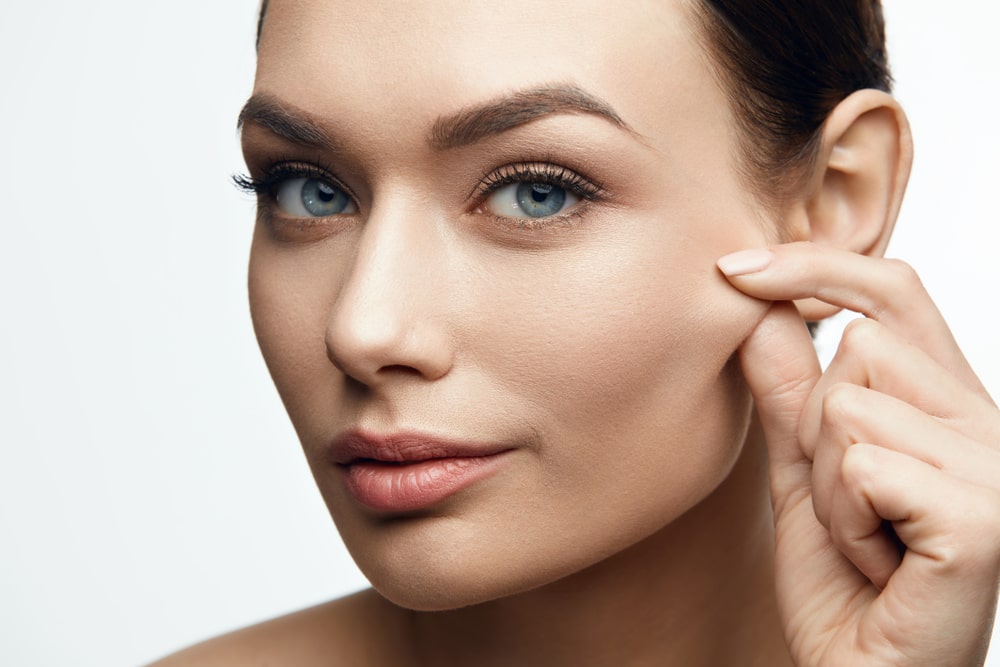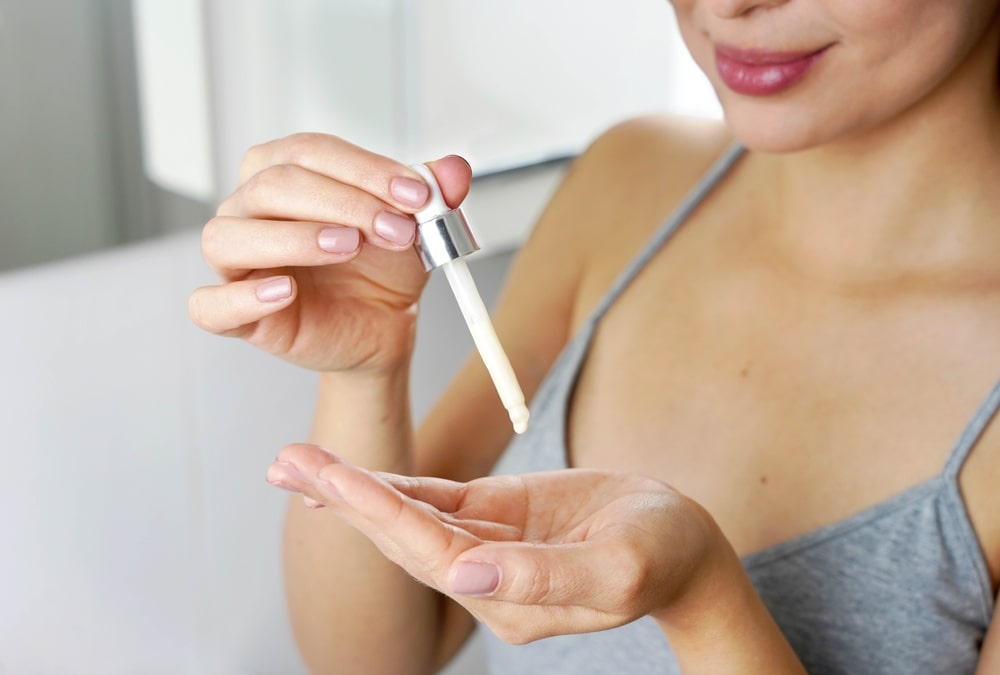A good skincare regimen can go a long way in fighting aging and wrinkles. However, when it comes to skincare, there is no one-size-fits-all. Face creams come with different ingredients as well as forms and concentrations thereof. As such, product selection should follow a thorough consultation by a certified dermatologist and be based on an individual’s age, skin type, and lifestyle in order to maximize benefits and minimize adverse reactions. Dr.Ali Halawi: Cosmetic & Procedural Dermatology, Medical Dermatology, Venereology, at Obagi medipsa, addresses some important questions about maintaining healthy and youthful skin.
1. What are the building blocks for healthy skin?

Collagen and elastin are the main building blocks of the skin. With time, the rate at which collagen is broken down in our skin starts to exceed the rate of its production. The visible signs of aging normally start to appear around the age of 25. This is the result of several intrinsic and extrinsic factors. In addition to chronological aging, stress leads to increased cortisol production and hereby contributes to the degradation of collagen and elastin. Moreover, environmental factors such as sun damage and pollution can further accelerate the former. As a result, fine lines and wrinkles start to appear gradually accompanied by loss of volume and elasticity. This can be slowed down and partially reversed by a good skincare regimen, office-based treatments that stimulate collagen production (certain injectables and machines), replenish lost volume (fillers), and counteract sun damage (chemical peels and lasers among others).
2. Tell us about the importance of a good diet and a healthy gut for healthy skin?

When it comes to skin health, it is important to talk about pathological and inflammatory conditions, not just aging. There is abundant literature on the effect of the gut and internal inflammation on cutaneous conditions such as psoriasis, atopic dermatitis, and rosacea among others. Furthermore, the skin microbiome itself has gained more attention in recent years. The complex interactions of the immune system, gut and skin microflora, lifestyle, and genetic susceptibility are beyond the scope of this piece.
However, the take-home message is eating a healthy diet goes a long way in keeping your skin, and you by proxy, happy. I always advise my patients to keep their diets well-balanced and eat everything in moderation.
3. Tell us about the right amount of sun exposure we need.

‘Right’ and ‘sun exposure’ are mutually exclusive concepts for a dermatologist—as they should be to our readers! Contrary to common belief, you don’t have to sit in the sun to get your vitamin D. What you lack in diet, you may compensate in supplements. Foods rich in vitamin D include salmon, mackerel, sardines, and egg yolks. In addition, some dairy products as well as breakfast cereals are fortified with Vitamin D. Vegetarian options include plant milks with added vitamin D, white beans, spinach, kale, and okra. On the other hand, sun exposure leads to sun damage, premature aging, and most importantly, a higher risk of skin cancer. The risks of sun exposure outweigh its benefits. However, blind supplementation is discouraged since vitamin D toxicity can be detrimental. As such it should be guided by medical professionals.
4. What are the must-have ingredients in your skincare products?

Some topical agents can help counteract and, to some extent, reverse the above processes and the toll they take on one’s skin. While a suitable moisturizer and sunblock are essential early on, as we navigate through our 20s, it is advisable to incorporate more active ingredients into our skincare routines. Retinoids remain one of the most potent and important anti-aging molecules. This is owing to their capacity to stimulate the production of collagen and elastin as well as decrease their breakdown among other functions. In addition, antioxidants such as vitamins C and E, and resveratrol help reduce the harmful effects of sun exposure and pollution by fighting free radicals. Alpha-hydroxy acids and polyhydroxy acids are potent exfoliants that aid in the rejuvenation process. Other molecules, such as peptides and growth factors to name a few, may also contribute to anti-aging.
